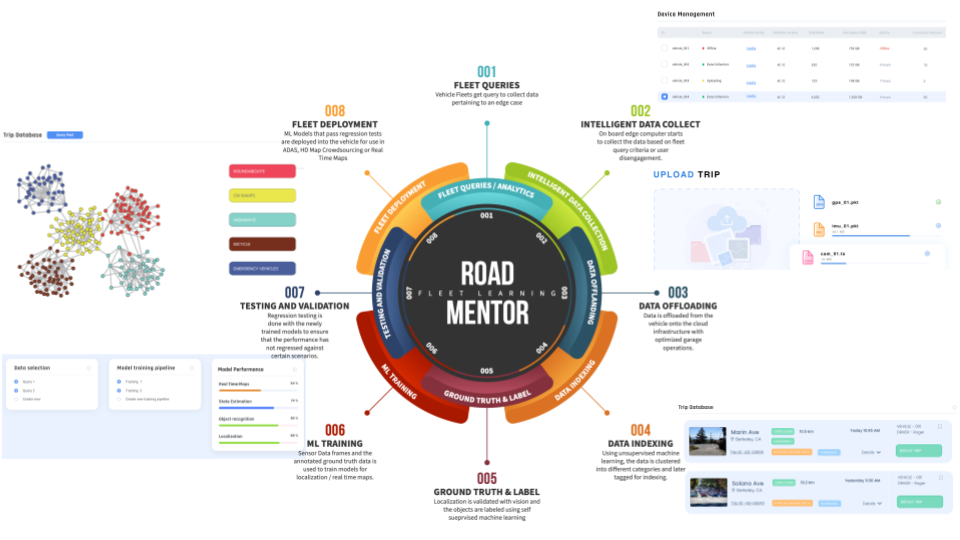Artificial intelligence (AI) startup Hyperspec AI has announced the release of its latest tool to aid developers working on ADAS-enabled and autonomous vehicles (AV).
The company’s new unified platform, named RoadMentor, enables users to create, train and deploy machine-learning (ML) models for real-time mapping. Hyperspec AI can then integrate the map into the ML training loop so real-time mapping models can be developed. This subsequently provides ADAS-enabled and autonomous vehicles with the capabilities to perform outside of the HD map geofence. The navigable roads on which these types of vehicle can travel will rise from 5% to over 95% by enabling autonomous systems to learn from exposure.
Hyperspec AI states that the ML development process is fragmented with no integrated process for data collection, data management, model training, verification and validation, deployment and fleet learning. Each step is another data transfer, leading to inefficiency and a lack of true visibility. The company’s RoadMentor software, however, enables the industry to scale through deep learning by consolidating the loop training process into one optimized infrastructure designed specifically for autonomous driving.
Despite the majority of autonomous driving data being gathered from highway and other similar roadways, RoadMentor will increase test coverage from below 5% to over 95% across all road types. The company aims to use the software to advance ADAS functionality, autonomous driving usage and coverage to further develop Level 3, 4 and 5 autonomy.
“We wanted to create a product that focuses on our customers’ pain points,” commented Sravan Puttagunta, CEO and co-founder, Hyperspec. “RoadMentor streamlines data flow, drastically reducing processing time, standardizes data throughout the cycle, and moves data access and control in-house rather than with a third-party.”
Puttagunta added, “We’re very excited about the progress we have made in recent months. Right now, it’s all about collecting usable test miles and collating good data to improve the system. Solving the long-tail problem is something we have been thinking about for a long time.”



